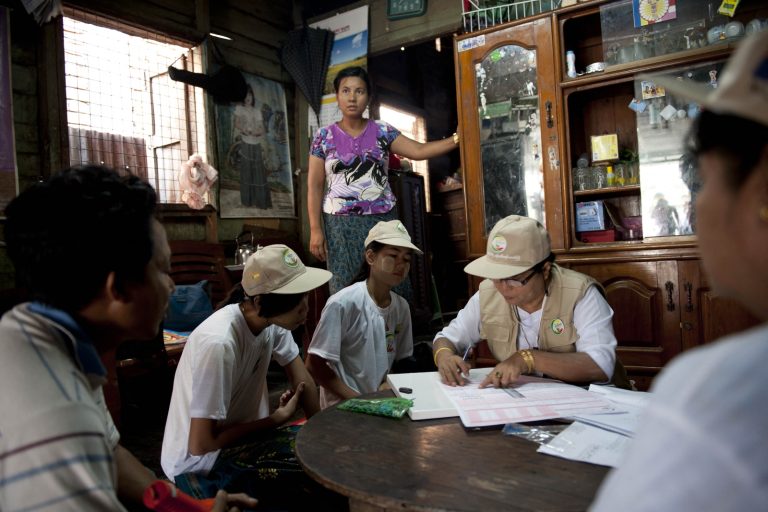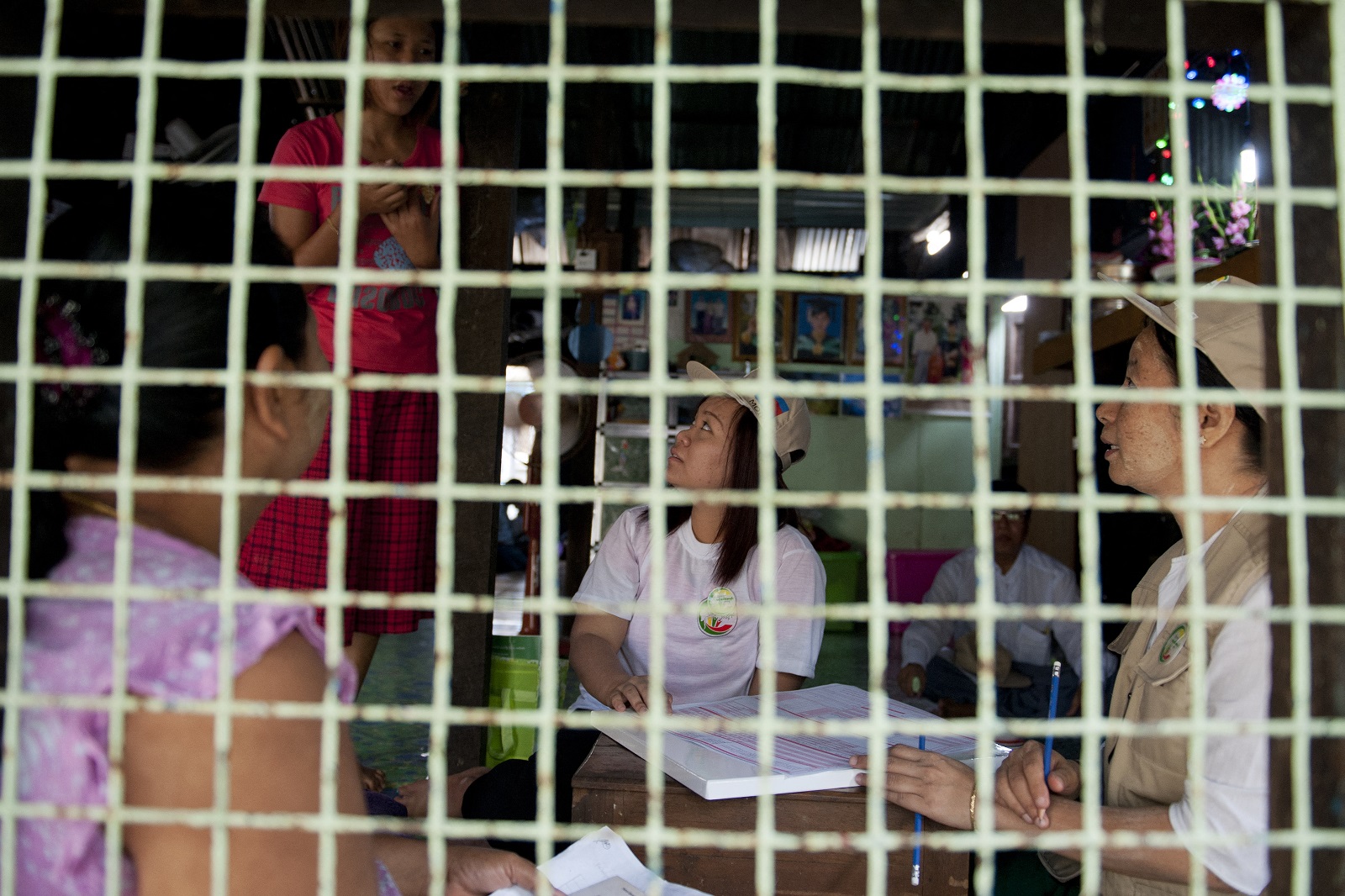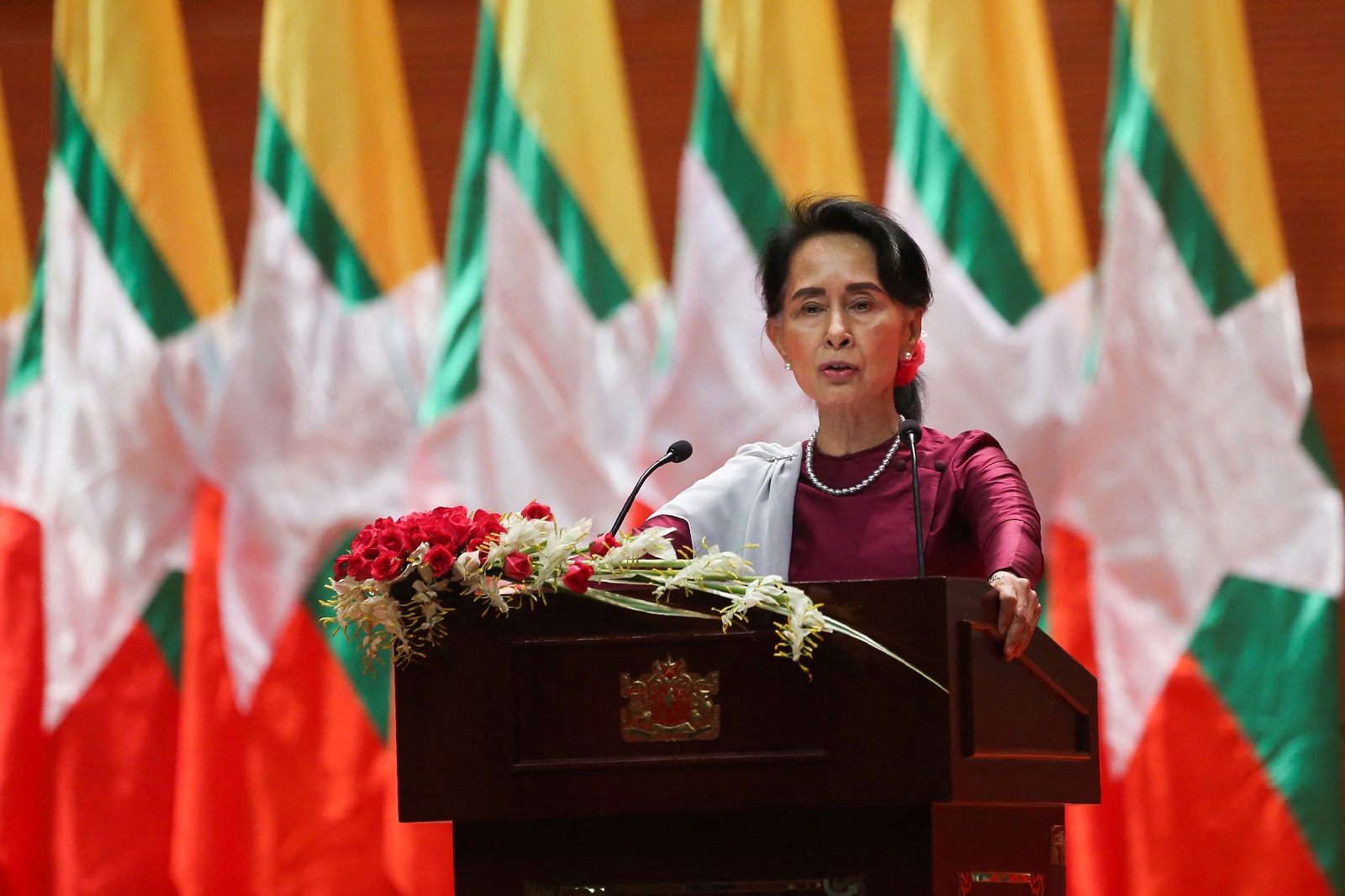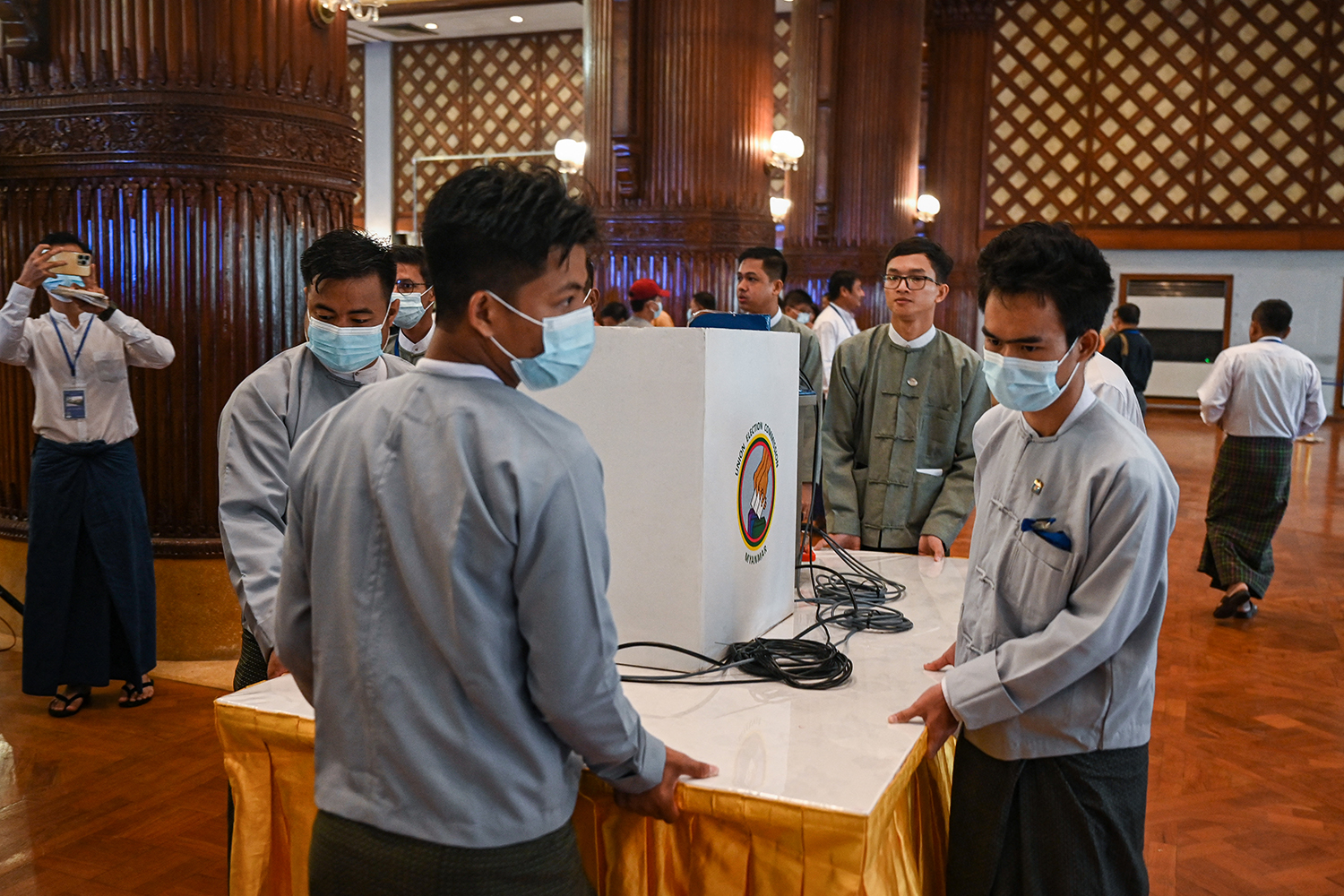The countdown has entered its final days. Flyers are being distributed, speaker volumes are being turned up to 10, and election rallies are taking place throughout the country. More so than in 2010 the Myanmar people have taken to the streets to campaign for their party of choice in the earnest hope that they will finally be allowed to have a say in their country’s future.
This in itself is progress. In the dark days of the junta, a gathering of five or more people discussing politics could result in hefty prison sentences. Before 2010 the democratic forces were suppressed and could not organise themselves and the media was stifled by pre-publication censorship that was not lifted until August 2012.
The government feared competing institutions and the country’s biggest institution, the military, kept a firm grip on the administration and the economy. Civil society actors, foreign or domestic, were regarded as enemies of the state. Myanmar civil society groups were decimated after the military seized power in 1962.
Much has changed for the better, in a reform process that took two steps forward and one step back. Those in power are understandably apprehensive about the forces unleashed by the military’s 2003 seven-step plan for a transition to democracy. Government officials must be aware that most citizens have not forgotten 1988, the monk-led protest movement known as the Saffron Revolution in 2007, and the junta’s callous refusal to accept international aid in the immediate aftermath of Cyclone Nargis in May 2008.
In 1990, the State Law and Order Restoration Council expected victory by the National Unity Party, run by old guard former Tatmadaw officers. SLORC was reportedly dumbfounded by the National League for Democracy’s landslide triumph, winning 392 seats to the NUP’s 10.
Support more independent journalism like this. Sign up to be a Frontier member.
The junta was out of touch in 1990 but don’t expect the current ruling elite to make the same mistake. The Thein Sein government is advised by the Washington-based Podesta group, returnee intellectuals such as U Thant Myint-U, and some Western consultants. The government and those working for it have gauged public sentiment by commissioning polls that have not been published. The election campaign has also included the ugly spectacle of anti-Muslim sentiment being exploited for the benefit of the ruling party. But it probably won’t be enough for the USDP. Almost every citizen in the big cities seems determined to vote for the NLD on November 8.
What will happen next is anyone’s guess.
Will the army feel uneasy and step in if the NLD wins another landslide? Will the people accept a rigged result or the NLD being preventing from assuming power? If this happened would it lead to unrest?
In 2010, disappointed citizens accepted the USDP’s victory in an election boycotted by the NLD, though many were heartened when its leader Daw Aung San Suu Kyi was released from house arrest a few days after the ballot.
Whatever happens on November 10, it’s almost certain the ruling elite will take its time to ponder the results and implement whatever strategy it has almost certainly already devised to take account of any contingency. There is a reason for the months between the election and the assumption of power by the new government.
In the interregnum the army has options. If the USDP wins enough support, U Thein Sein is a shoe-in for a second term as president. If the NLD wins, its best bet will be Thura U Shwe Mann. Through a “coup” and his public statements he has been positioned as a “progressive”. The months ahead will reveal if the NLD can be convinced to play ball and support his nomination. Thura U Shwe Mann’s recent comments leave no doubt that he is keen to take the nation’s highest office.






